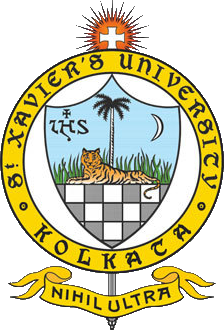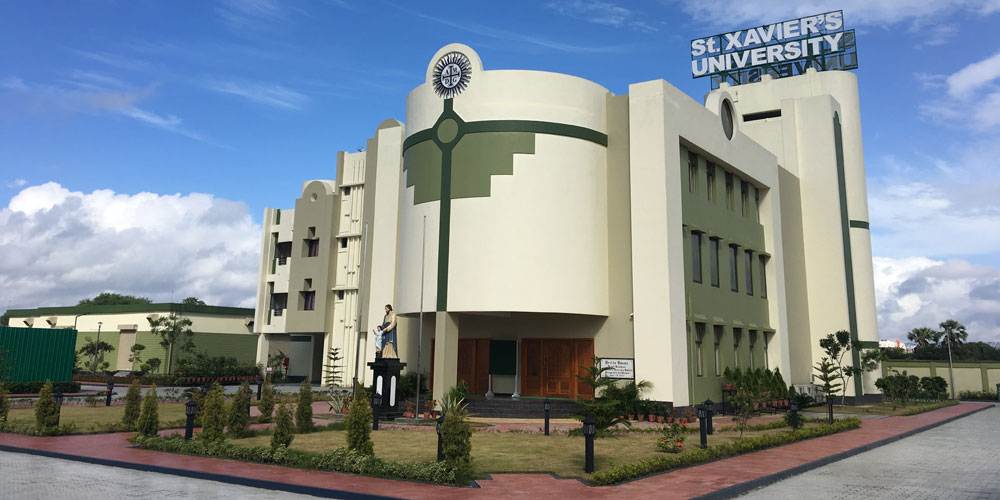R programming for beginners Sandhya Arora, Latesh Malik
Material type: TextLanguage: English Publication details: Hyderabad University press c2020Description: 264p PBISBN:
TextLanguage: English Publication details: Hyderabad University press c2020Description: 264p PBISBN: - 9789389211566
- 005.1 ARO(R)
| Item type | Current library | Collection | Call number | Copy number | Status | Barcode | |
|---|---|---|---|---|---|---|---|
|
|
St. Xavier's University, Kolkata Lending Section | 005.1 ARO(R)C3 (Browse shelf(Opens below)) | 9168 | Available | CS9168 | ||
|
|
St. Xavier's University, Kolkata Lending Section | 005.1 ARO(R)C2 (Browse shelf(Opens below)) | 9167 | Available | CS9167 | ||
|
|
St. Xavier's University, Kolkata Lending Section | 005.1 ARO(R)C1 (Browse shelf(Opens below)) | 9166 | Available | CS9166 | ||
|
|
St. Xavier's University, Kolkata Lending Section | 005.1 ARO(R) (Browse shelf(Opens below)) | 9165 | Available | CS9165 | ||
|
|
St. Xavier's University, Kolkata Reference Section | Reference | R 005.1 ARO(R) (Browse shelf(Opens below)) | 9164 | Not For Loan | UCS9164 |
Browsing St. Xavier's University, Kolkata shelves, Shelving location: Lending Section Close shelf browser (Hides shelf browser)

|

|

|

|
No cover image available |

|

|
||
| 005.1 ARO(R)C1 R programming for beginners | 005.1 ARO(R)C2 R programming for beginners / | 005.1 ARO(R)C2 R programming for beginners | 005.1 ARO(R)C3 R programming for beginners | 005.1 CHA(BAS) Basic data analysis using r-programming / research methods, data analysis and case studies: | 005.1 JAI(BAS) Ed4 C1 Basics of Computer Applications in Business/ | 005.1 JAI(BAS) Ed4 C2 Basics of Computer Applications in Business/ |
Table of Contents
Preface
Acknowledgements
Chapter 1: Introduction to R Programming
Objectives
1.1 Overview of R
1.2 Installation of R
1.3 Installation and Loading of R Packages
1.4 R – Basic Syntax
1.5 Data Types and Objects
1.6 Variables
1.7 Constants
1.8 Comments
1.9 Debugging in R
Exercises
Chapter 2: Data Definitions and Categorisation
Objectives
2.1 Overview of Data
2.2 Sources of Data
2.3 Big Data
2.4 Data Categorisation
2.5 Data Cube
Exercises
Chapter 3: Operators
Objectives
3.1 Introduction to Operators
3.2 Arithmetic Operators
3.3 Relational Operators
3.4 Logical Operators
3.5 Miscellaneous Operators
3.6 Precedence and Associativity of Operators
Exercises
Chapter 4: Control Statements and Functions
Objectives
4.1 Introduction
4.2 The if Statement
4.3 The for Statement
4.4 The while Loop
4.5 The repeat and break Statements
4.6 The next Statement
4.7 The switch Statement
4.8 Functions
4.9 Some Solved Examples
Exercises
Chapter 5: Interfacing with R
Objectives
5.1 Introduction to Extending R
5.2 Interfacing R with C/C++
5.3 Interfacing R with Python
Exercises
Chapter 6: Vectors
Objectives
6.1 Overview of Vectors
6.2 Creating a Vector
6.3 Accessing the Elements of a Vector
6.4 Vector Manipulation and Vector Arithmetic
6.5 Deleting a Vector
6.6 Vector Element Sorting
Exercises
Chapter 7: Matrices
Objectives
7.1 Creating a Matrix
7.2 Coercion of Matrix Elements
7.3 Matrix Subsetting
7.4 Matrix Operations
7.5 Combining Matrices
7.6 Special Matrices
7.7 Eigenvectors and Eigenvalues
7.8 Arrays
Exercises
Chapter 8: Lists
Objectives
8.1 Introduction to Lists
8.2 Creating a List
8.3 General List Operations
8.4 Accessing the Elements of a List
8.5 Manipulating the Elements of a List
8.6 Merging Lists
8.7 Applying Functions to a List
8.8 Recursive List
8.9 Sorting and Searching
Exercises
Chapter 9: Data Frames
Objectives
9.1 Introduction to Data Frames
9.2 Creating a Data Frame
9.3 General Operations on Data Frames
9.4 Expanding a Data Frame
9.5 Applying Functions to Data Frames
Exercises
Chapter 10: Factors and Tables
Objectives
10.1 Introduction to Factors
10.2 Creating a Factor
10.3 Factor Levels
10.4 Summarising a Factor
10.5 Ordered Factors
10.6 Converting Factors
10.7 Common Functions Used with Factors
10.8 Introduction to Tables and Creating Tables
10.9 Table-related Functions
10.10 Cross-tabulation
Exercises
Chapter 11: Regular Expressions and String Manipulation in R
Objectives
11.1 Introduction to Regular Expressions
11.2 Regular Expressions and Pattern Matching
11.3 String Manipulation
11.4 Solved Examples of Regular Expressions
Exercises
Chapter 12: S3 and S4 Classes and Objects
Objectives
12.1 Introduction to S3 and S4 Classes and Objects
12.2 S3 Classes
12.3 S4 Classes
Exercises
Chapter 13: Accessing Input and Output
Objectives
13.1 Introduction to Files and Input/Output
13.2 Accessing the Keyboard and Monitor
13.3 File Functions
Exercises
Chapter 14: Graphs in R Programming
Objectives
14.1 Introduction to Graphs
14.2 Creating Graphs
14.3 Histograms and Density Plots
14.4 Dot Plots
14.5 Bar Plots
14.6 Line Charts
14.7 Pie Charts
14.8 Box Plots
14.9 Scatter Plots
14.10 Saving Graphs to a File
14.11 Creating Three-Dimensional Plots
Exercises
Chapter 15: R Apply Family
Objectives
15.1 Introduction to the Apply Family
15.2 The apply() Function
15.3 The lapply() Function
15.4 The sapply() Function
15.5 Slicing a Vector
15.6 The tapply() Function
15.7 The rep() Function
15.8 The mapply() Function
15.9 The vapply() Function
Exercises
Chapter 16: The R Profiler
Objectives
16.1 Introduction
16.2 Using the system.time() Function
16.3 Timing Longer Expressions
16.4 Using the R Profiler
16.5 Using the summaryRprof() Function
Exercises
Chapter 17: Descriptive Statistics using R
Objectives
17.1 Introduction to Statistical Analysis in R
17.2 Measures of Central Tendency or Location
17.3 Measures of Dispersion
17.4 Measures of Shape
Exercises
Chapter 18: Probability
Objectives
18.1 Introduction to Probability
18.2 Probability and Statistics
18.3 Random Variables
18.4 Probability Distribution
Exercises
Chapter 19: Sampling Distributions
Objectives
19.1 Introduction to Sampling Distributions
19.2 Central Limit Theorem
19.3 Sampling Distribution of X2
19.4 Student’s T Distribution
19.5 F Distribution
Exercises
Chapter 20: Correlation and Regression Analysis
Objectives
20.1 Introduction to Correlation and Regression Analysis
20.2 Correlation Analysis
20.3 Regression Analysis
Exercises
Chapter 21: Statistical Inference
Objectives
21.1 Introduction to Statistical Inference
21.2 Hypothesis Testing
Exercises
Chapter 22: Analysis of Variance
Objectives
22.1 Introduction to Analysis of Variance
22.2 Implementing Analysis of Variance
22.3 Variants of ANOVA
22.4 ANOVA in R
Exercises
Chapter 23: Machine Learning Algorithms in R
Objectives
23.1 Introduction to Machine Learning Algorithms
23.2 Naive Bayes Classifier
23.3 Decision Tree Classifier
23.4 The k-Nearest Neighbour Method
23.5 Clustering Techniques: K-means Clustering
23.6 Association Rule Mining
Exercises
Chapter 24: Text Mining in R: Sentiment Analysis
Objectives
24.1 Introduction to Text Mining
24.2 Text Preprocessing
24.3 Sentiment Analysis
24.4 N-grams
Exercises
Index
There are no comments on this title.


